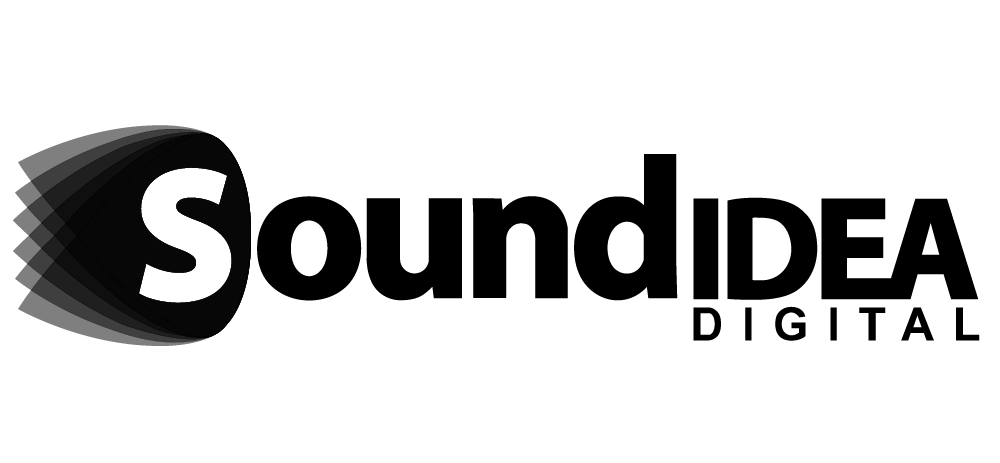
K–12 vs. Higher Education: Key Differences in eLearning LMS
In the evolving landscape of digital education, Learning Management Systems (LMS) have become indispensable tools for delivering structured learning experiences. However, the design and implementation of an eLearning LMS can vary significantly between K–12 and higher education settings. Understanding these differences is crucial for educational institutions aiming to enhance learning outcomes and operational efficiency.
Learning Environment and User Needs
K–12 students often require a more guided and structured learning environment. An effective eLearning LMS for this demographic should offer intuitive navigation, engaging visuals, and interactive content to maintain student interest. Features such as progress tracking and immediate feedback can support younger learners in their educational journey.
In contrast, higher education students typically engage in self-directed learning. An eLearning LMS in this context should provide advanced functionalities like customisable learning paths, access to extensive resources, and tools that facilitate independent research. The system should support a more flexible learning environment, accommodating various learning styles and schedules.
Course Structure and Content Delivery
The course structure in K–12 education is generally curriculum-based and teacher-directed. An eLearning LMS for K–12 should facilitate the delivery of standardised content, support lesson planning, and allow for the integration of multimedia resources to enhance engagement.
Higher education courses often emphasise seminars, research projects, and self-paced learning. An eLearning LMS in this setting should support complex course structures, including modules for independent study, peer-reviewed assignments, and collaborative projects. The system should enable instructors to design courses that foster critical thinking and in-depth analysis.
Teacher-Student Interaction
In K–12 settings, frequent and direct communication between teachers and students is essential. An eLearning LMS should offer features like real-time messaging, announcements, and assignment feedback to facilitate this interaction. Parental access to monitor student progress can also be a valuable component.
In higher education, communication tends to be less frequent and more formal. An eLearning LMS should provide platforms for discussion forums, email communication, and virtual office hours. These tools support a more autonomous learning environment while still offering avenues for academic support.
Assessment and Grading Systems
Assessments in K–12 education are often formative and frequent, focusing on quizzes and short tests to monitor progress. An eLearning LMS should offer easy-to-use assessment tools, automated grading, and immediate feedback to support continuous learning.
Higher education assessments are more varied, including research papers, presentations, and comprehensive exams. An eLearning LMS should support diverse assessment types, facilitate peer reviews, and provide advanced grading rubrics. Integration with plagiarism detection tools can also be beneficial in maintaining academic integrity.
User Interface and Accessibility
For K–12 students, the eLearning LMS interface should be simple, colourful, and engaging to capture and retain attention. Accessibility features, such as text-to-speech and adjustable font sizes, can support diverse learning needs.
In higher education, the eLearning LMS interface should be more professional and text-oriented, catering to mature learners. Advanced features like research databases, citation tools, and customisable dashboards can enhance the learning experience.
Integration with Other Systems
K–12 institutions often require integration with basic systems like attendance trackers and gradebooks. An eLearning LMS should seamlessly connect with these tools to streamline administrative tasks.
Higher education institutions may need more complex integrations, including student information systems (SIS), library databases, and research tools. An eLearning LMS should offer robust APIs and compatibility with various platforms to support comprehensive academic operations.
Market Trends and Adoption Statistics
The global eLearning LMS market has seen substantial growth, valued at USD 24.05 billion in 2024 and projected to reach USD 70.83 billion by 2030. This growth is driven by the increasing demand for digital learning solutions across educational sectors.
In K–12 education, the LMS market is expanding rapidly, with a focus on interactive and gamified learning experiences. The adoption of mobile learning solutions has also increased, reflecting the need for flexible and accessible education.
Higher education institutions are investing in eLearning LMS platforms that support advanced features like AI-driven analytics, personalised learning paths, and integration with research tools. These investments aim to enhance student engagement and academic performance.
Conclusion
Understanding the distinct requirements of K–12 and higher education is crucial when implementing an eLearning LMS. Tailoring the system to meet the specific needs of each educational level can significantly enhance the learning experience and operational efficiency.
At Sound Idea Digital, we specialise in developing customised eLearning LMS solutions that cater to the unique demands of both K–12 and higher education institutions. Our expertise ensures that your LMS platform is not only functional but also aligned with your educational objectives.
Contact us today to discover how we can support your institution’s digital learning journey.



